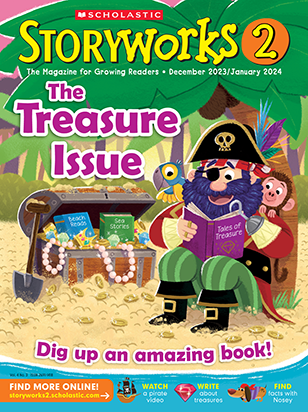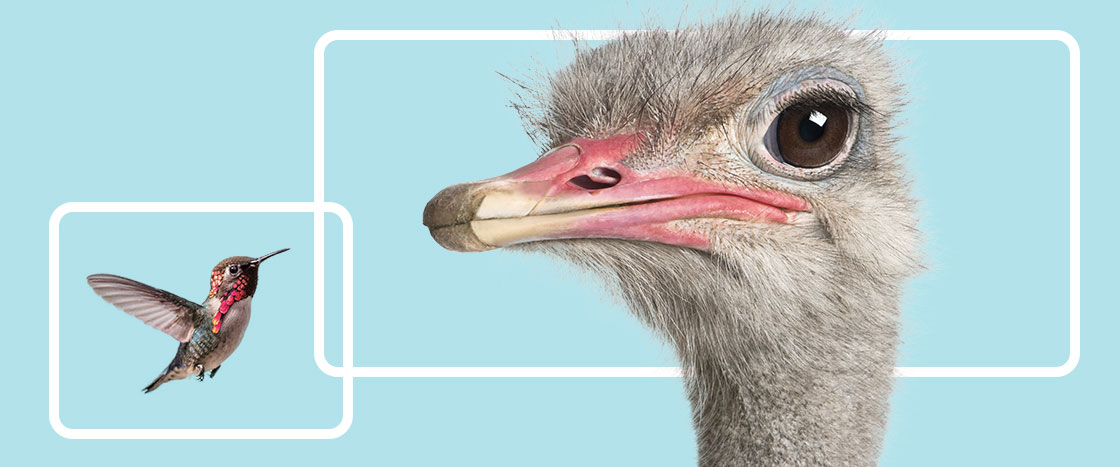ELA Focus: Quiz (10 minutes)
- Pass out the quiz for a quick comprehension check.
- The quiz is available in multiple-choice and written-answer formats.
Science Focus: Birds (20 minutes)
- The “Invent a Bird” printable teaches students features of birds and guides students through inventing their own.
- Using this printable, students can create their own birds synthesizing what they learned in the article with new information from the printable.
- These will be great to share on a bulletin board or in a class discussion!
ELA Focus: Compare and Contrast (15 minutes)
- Pass out our Venn diagram to help kids compare and contrast the biggest bird in the world and the smallest bird in the world.
Show the Video “The Biggest Egg in the World”
- Watch this video to learn about incredible (and huge!) ostrich eggs.
Whole Issue Scavenger Hunt (15 minutes)
We created a scavenger hunt for several stories in this month’s Storyworks 2, including the paired texts. The scavenger hunt can be done by students independently at home or during class time.
This is a self-contained group of slides that guide your students on a scavenger hunt through the whole issue. It’s not only fun, it also helps them make text-to-text connections.
To find it, look in your Resources section. Scroll down to Activities. You will see it there.

